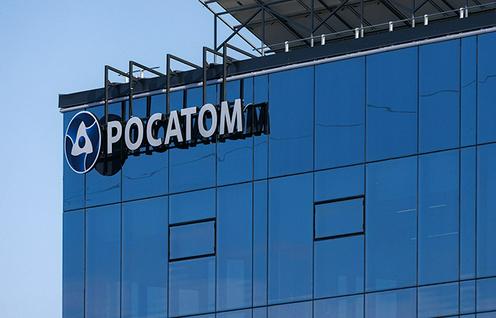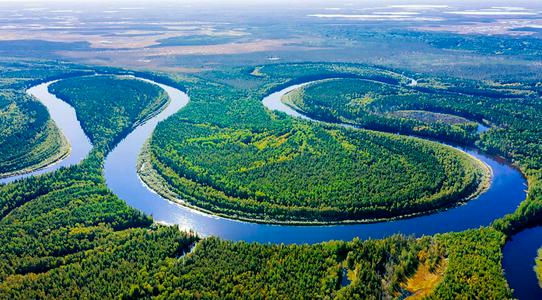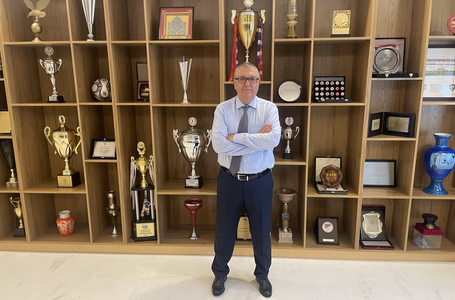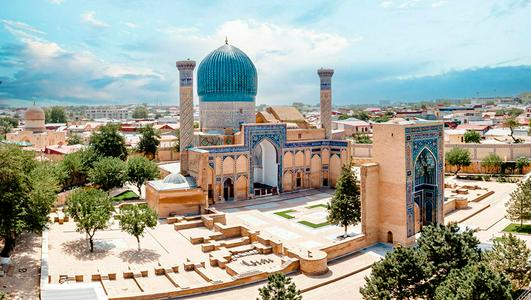Russian state corporation Rosatom has restructured its nuclear power plant (NPP) project in Uzbekistan, which now includes the construction of two dual-unit facilities: one small-scale and one large-scale plant. The news was reported by Interfax, citing Russia’s Ministry of Economic Development.
“Last year, construction began on a small-scale nuclear plant. This year, the countries’ leaders agreed to reformat the project to include a two-unit large-capacity plant alongside the two-unit small-capacity facility,” the ministry confirmed.
According to the report, the updated plans for nuclear energy development in Uzbekistan were discussed during a meeting between Russian Economic Development Minister Maksim Reshetnikov and Uzbekistan’s Minister of Investment, Industry and Trade Laziz Kudratov. The talks took place on the sidelines of the Tashkent International Investment Forum.
The two sides also addressed trade relations. Reshetnikov noted that bilateral trade has grown 1.7 times over the past five years, reaching $10 billion. However, officials aim to triple that volume by 2030. Investment ties are also expanding: more than 3,000 Russian companies currently operate in Uzbekistan, and a joint Investment Platform has been established to support new initiatives.
A cooperation agreement on nuclear energy between Uzbekistan and Russia — which includes the construction of Uzbekistan’s first nuclear power plant — was originally signed in December 2017. The initial plan called for a single unit with a projected cost of $11 billion, scheduled to be commissioned in 2028.
A new contract with Rosatom for the design, supply, and construction of the small modular nuclear plant (SMNP) was signed in Tashkent on May 27, 2024, during the state visit of Russian President Vladimir Putin.
In March 2025, it was announced that first concrete for the SMNP in Uzbekistan’s Jizzakh region is scheduled to be poured in the second quarter of 2026.
Two months later, Rosatom reported that production of the RITM-200N reactor unit for the Uzbek SMNP had begun. Metallurgists have already cast a 205-ton ingot of special alloy steel, which will be used to manufacture the reactor flange — a key component that connects the reactor body to its upper cover.










